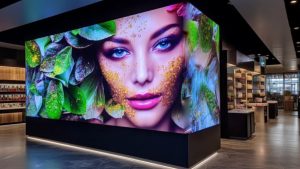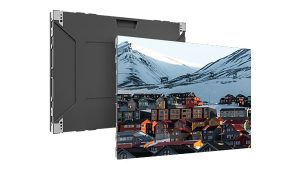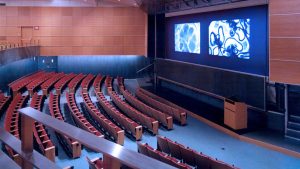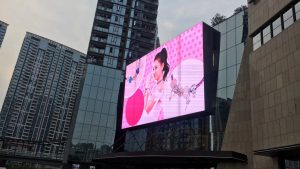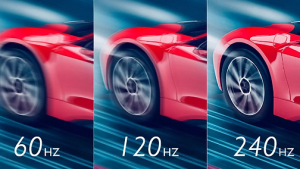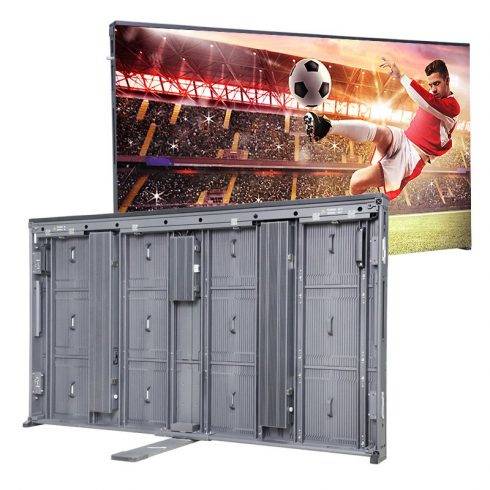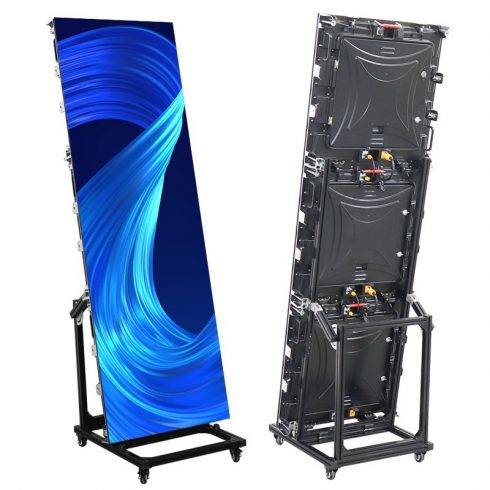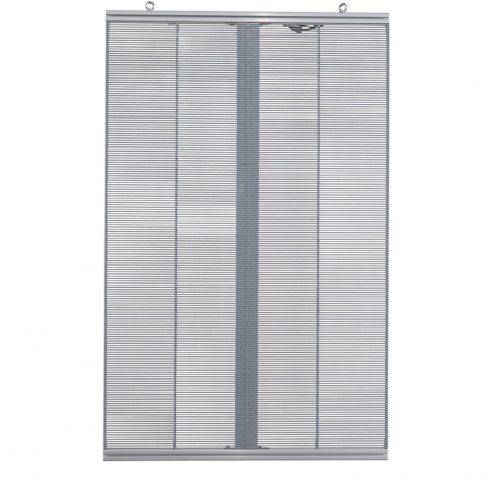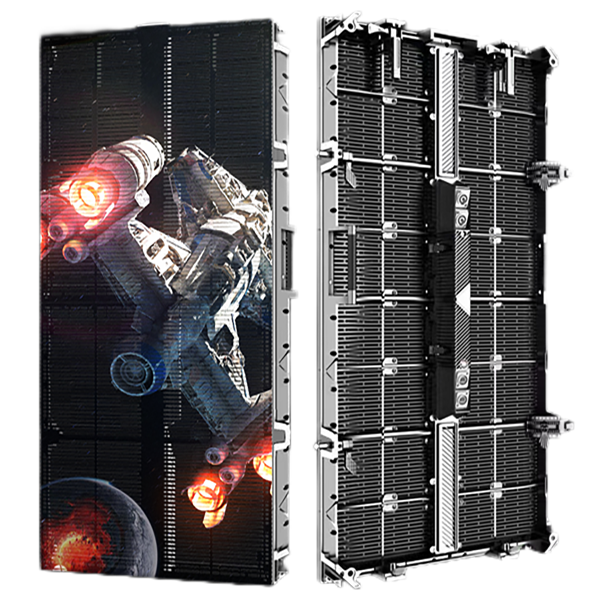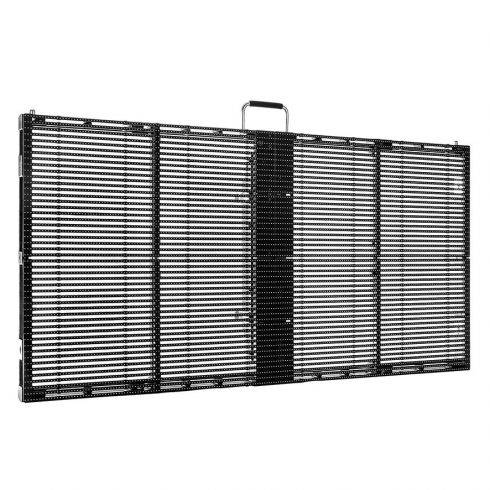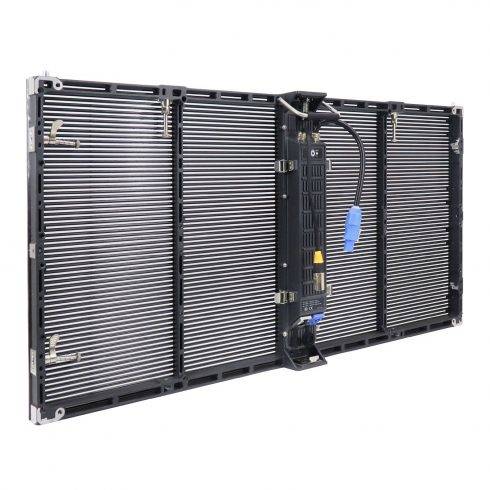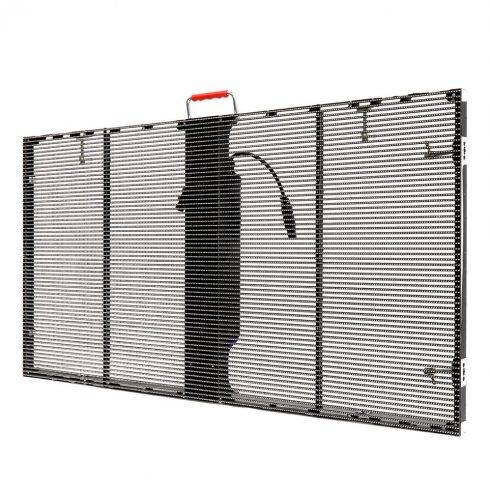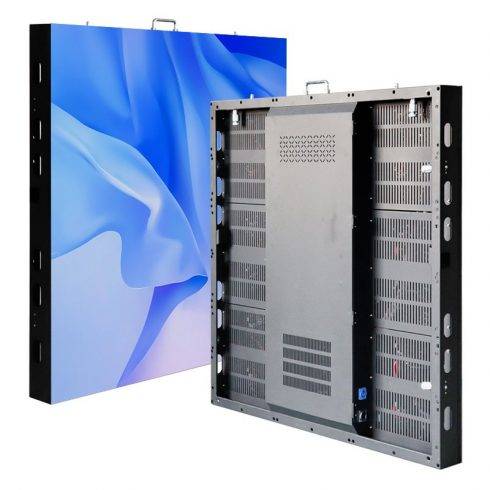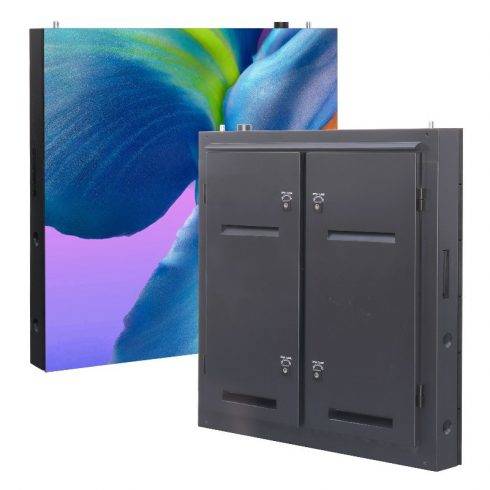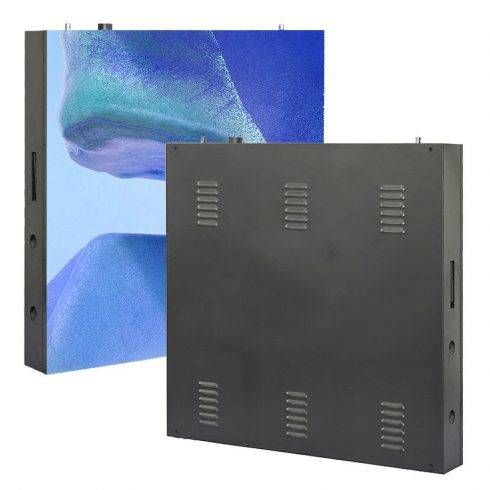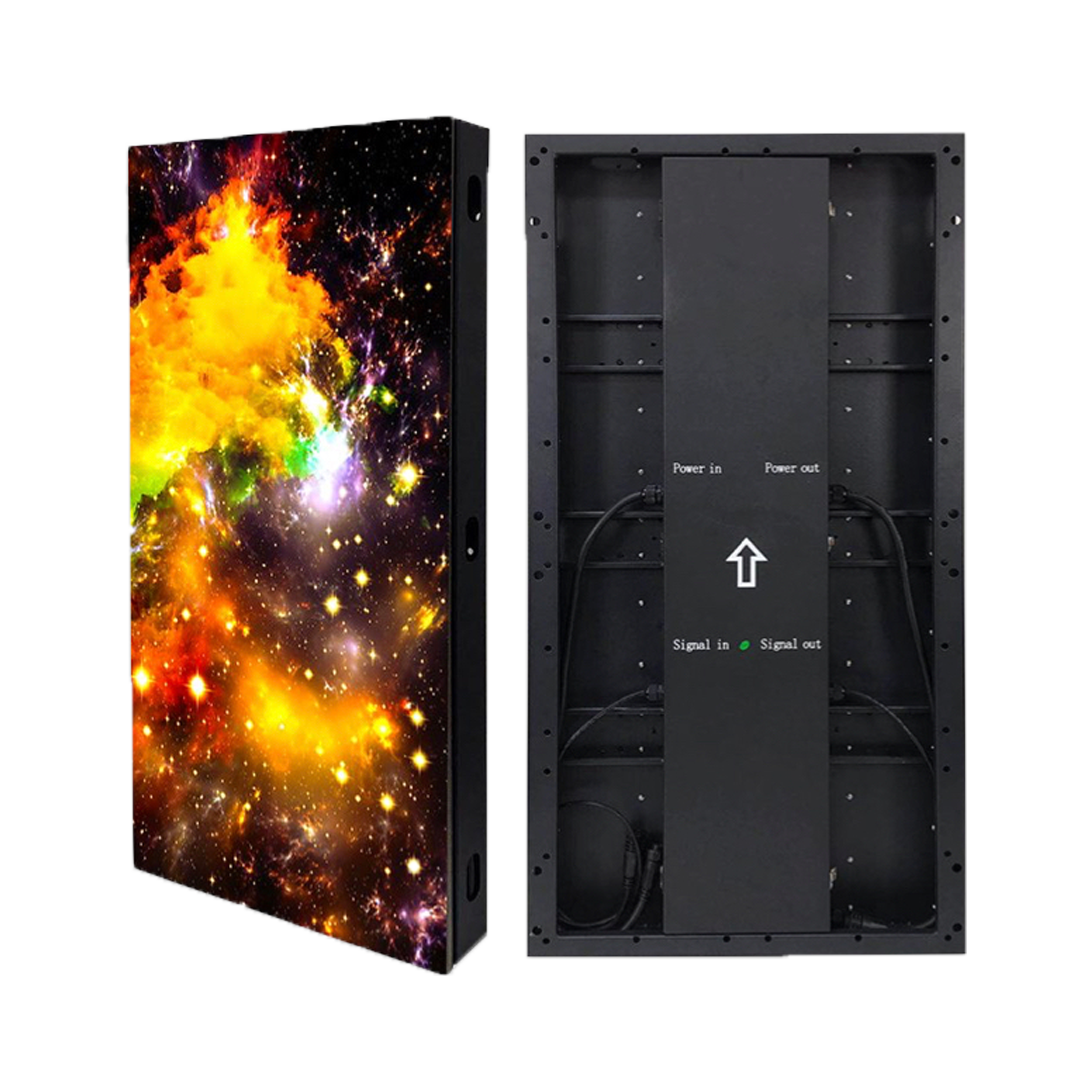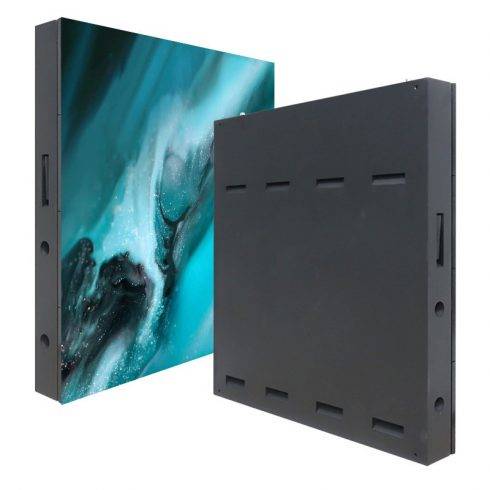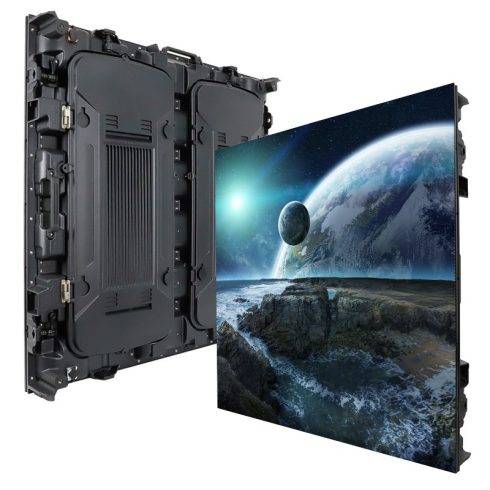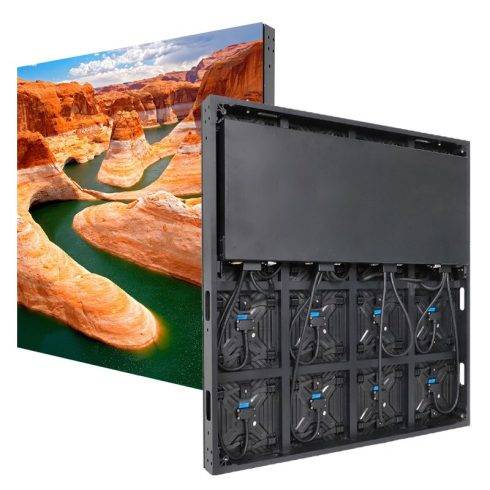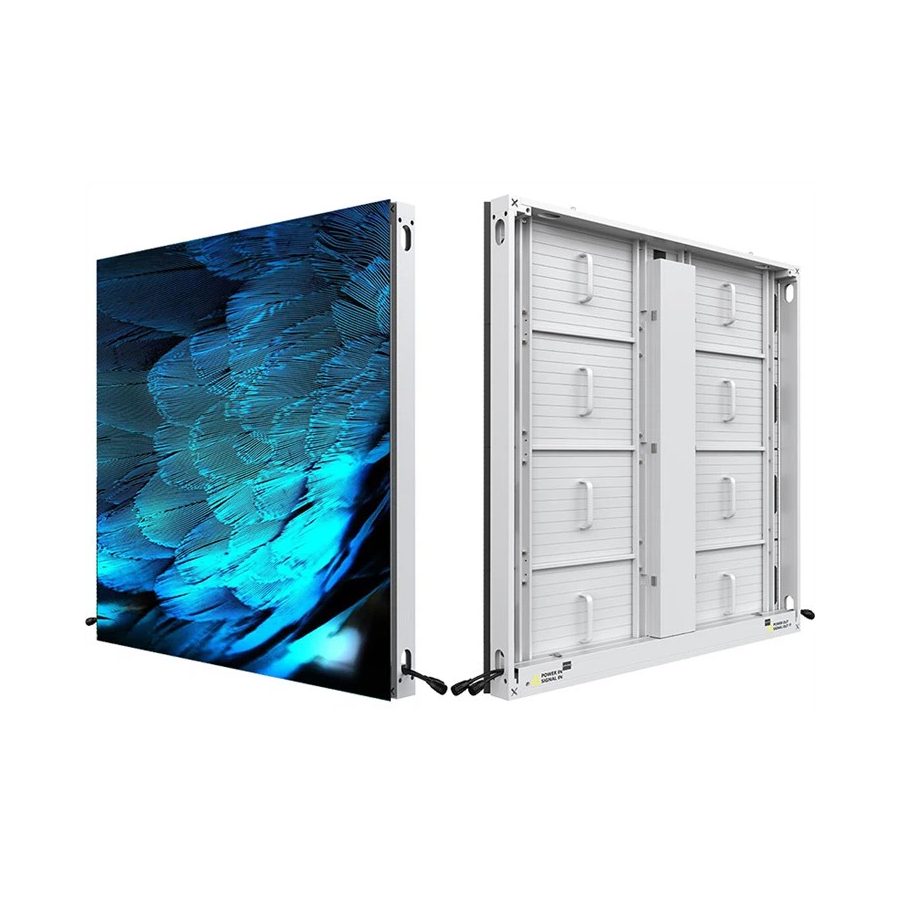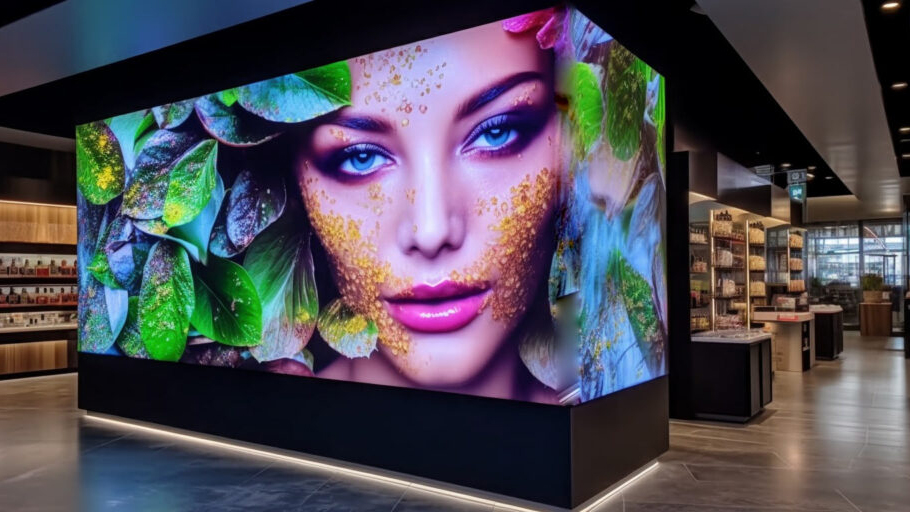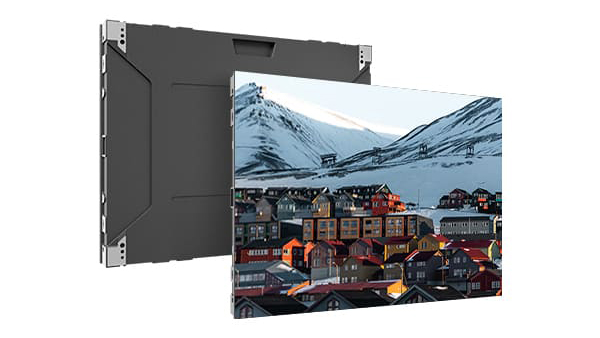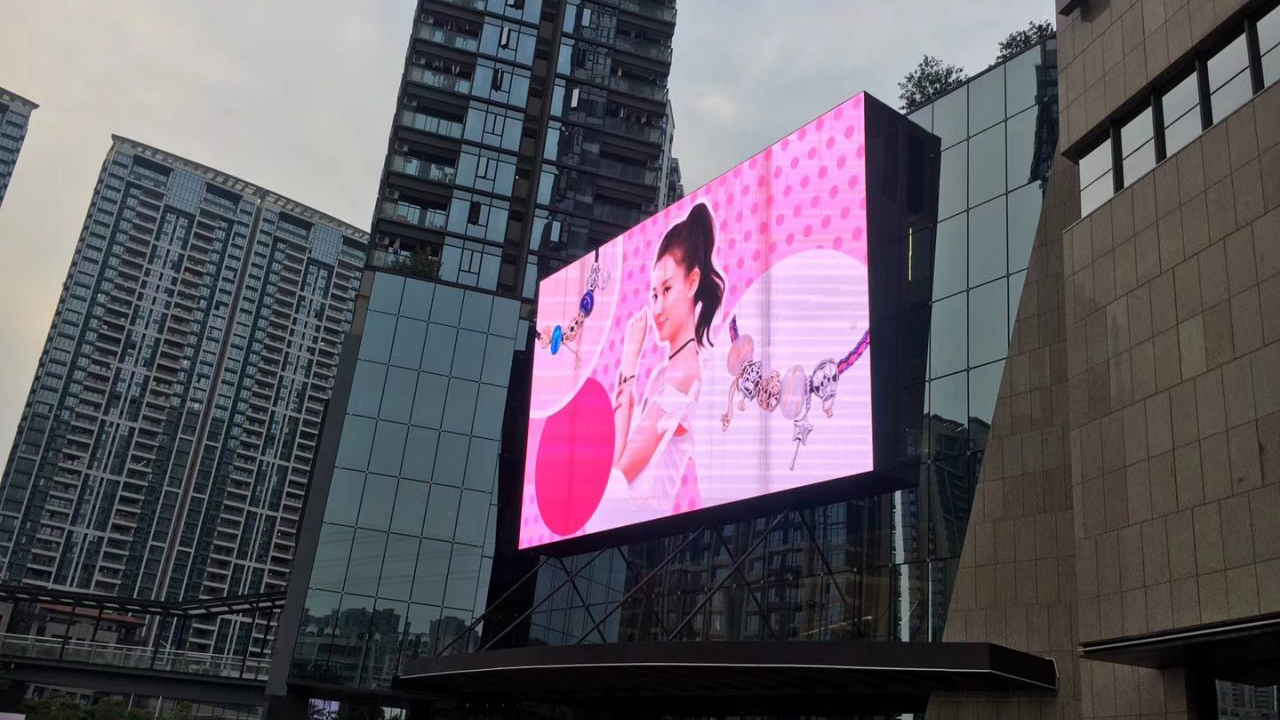As technology evolves, so do the possibilities for visual experiences, especially in the world of live events, performances, and stage design. One of the most exciting innovations in recent years is the Transparent LED Screen—a cutting-edge display technology that is transforming the way we think about stage visuals and audience engagement. By combining transparency with high-definition digital content, these screens create breathtaking visual effects that enhance performances while maintaining an open, interactive environment.
Let’s explore how transparent LED screens are leading the future of stage design, their benefits, installation considerations, and how creatives are pushing the boundaries of visual storytelling.
1. What are Transparent LED Screens?
Transparent LED screens are digital displays that offer the ability to showcase vibrant, high-resolution content while still allowing viewers to see through them. These screens are made of specialized LED modules that emit light without blocking visibility, creating an illusion of floating images or animations on glass-like surfaces. The technology allows for a combination of both digital and physical elements in the same visual space, making them perfect for stages, exhibitions, and other creative environments.
Transparent LED screens can be used as standalone displays, backdrops, or as part of larger visual installations. Their unique ability to blend into the surroundings without disrupting the view makes them particularly effective for performances where the setting or stage design plays a crucial role.
2. The Benefits of Transparent LED Screens
A. Creating Immersive, Multi-Layered Visuals
One of the most exciting aspects of transparent LED screens is their ability to create immersive, multi-layered visual effects. Traditional LED displays can sometimes feel like barriers between the audience and the stage, but transparent screens dissolve that divide. By allowing light and visuals to coexist with the performers and set design, transparent LED screens blend the digital and physical worlds into one cohesive experience.
For example, in a concert or theatrical production, these screens can display dynamic, moving graphics while performers remain visible behind them, creating a stunning fusion of real and virtual imagery. The result is a 3D-like effect that draws the audience deeper into the performance.
B. Seamless Integration into Stage Design
Transparent LED screens are lightweight and modular, making them highly adaptable for various stage designs. They can be integrated into windows, walls, or other architectural features without obstructing the view. This ability to blend into the environment gives stage designers the flexibility to experiment with creative layouts and designs that wouldn’t be possible with traditional LED screens.
Because these screens are see-through, they add a sense of depth to the stage while preserving an open, airy feel. Designers can use transparent screens as a visual enhancement rather than a solid wall, allowing more space for performers, props, and lights to interact with the digital elements.
C. Energy Efficiency and Cost-Effectiveness
Transparent LED screens are also more energy-efficient compared to traditional display technologies. The screen’s design uses fewer LED modules, resulting in lower power consumption without sacrificing brightness or quality. This is particularly beneficial for large-scale events or installations that require extensive visual setups, as it helps reduce energy costs and the carbon footprint of the production.
Additionally, since transparent LED screens are modular and customizable, they can be reused for multiple events, saving money in the long term. Their flexibility allows them to be easily reconfigured for different designs, reducing the need to invest in entirely new display systems for every production.
D. Enhancing Brand and Event Experiences
Incorporating transparent LED screens into live events, product launches, and corporate presentations can greatly enhance the audience experience. These screens provide a futuristic, high-tech visual style that impresses audiences while keeping the focus on the key message or performance. For brand activations, the transparency can be used to creatively showcase products, revealing and highlighting them through dynamic digital content while still allowing attendees to see the product behind the screen.
This is especially impactful in exhibitions and trade shows, where transparent LED screens can be used to highlight product features, statistics, or narratives while keeping the product itself in full view. The combination of physical and digital elements makes for a memorable and interactive display.
3. Key Considerations for Installation
A. Choosing the Right Pixel Pitch and Transparency Level
When selecting a transparent LED screen, it’s essential to consider the pixel pitch, which is the distance between each LED pixel on the screen. A smaller pixel pitch means higher resolution and greater clarity, which is ideal for close-up viewing. However, in larger venues or for displays viewed from a distance, a wider pixel pitch can be effective while keeping costs down.
The level of transparency also matters. Depending on the creative vision, you can choose from various transparency levels, ranging from around 50% to 90%. For example, if you want a screen that blends almost entirely into its surroundings, you’d opt for a higher transparency level. If the screen is to be a more prominent feature, a lower transparency level with more visible LEDs might be more appropriate.
B. Structural and Mounting Considerations
Transparent LED screens are lightweight compared to traditional screens, but they still require secure mounting and structural support. The modular nature of these screens allows for custom installations on different surfaces, but it’s crucial to work with professional installers who understand the technical and safety requirements of hanging or mounting LED panels.
These screens can be installed as large vertical walls, overhead displays, or even cylindrical structures, depending on the design needs. Proper alignment and calibration are key to ensuring the content appears seamless across the entire surface, without visible gaps or distortions.
C. Connectivity and Content Management
Like other digital displays, transparent LED screens require a reliable data and power connection to run smoothly. Integrating them into the larger production setup involves coordinating with lighting, sound, and stage management teams to ensure everything runs in sync. Content management systems (CMS) are typically used to control what’s displayed on the screens, allowing for real-time adjustments and updates.
This is especially important for live performances where the content on the screens might need to change dynamically during the show. A robust CMS enables operators to easily switch between different video feeds, animations, or graphics, ensuring a smooth and visually stunning performance.
4. Creative Uses of Transparent LED Screens
A. Concerts and Live Performances
Transparent LED screens have been embraced by artists and stage designers in the music industry to create visually stunning concerts. These screens can act as both a backdrop and a dynamic visual element, showing anything from abstract animations to live footage of the performance. Because they’re transparent, they don’t block the view of the performers, allowing for a seamless blend of physical performance and digital artistry.
Bands and solo artists alike are using transparent screens to elevate their stage presence, offering their audiences an immersive experience that changes and evolves throughout the concert.
B. Corporate Events and Product Launches
For corporate events, product launches, and conferences, transparent LED screens are increasingly used to deliver high-impact presentations. These screens can display keynotes, branding visuals, or product information in a modern and engaging way, keeping audiences visually stimulated while ensuring the content remains the focal point.
During product launches, transparent screens offer an innovative way to unveil new products. For example, a car can be placed behind a transparent screen, with the LED display highlighting the car’s features through animations and graphics, all while keeping the vehicle itself in full view.
C. Retail and Commercial Applications
In the retail sector, transparent LED screens are finding a home in window displays. They allow stores to showcase promotions, videos, or other marketing content while maintaining visibility into the shop’s interior. This dual-purpose approach helps attract passersby without completely covering up the products on display.
High-end brands are also using transparent LED screens to enhance the customer experience by combining digital content with in-store visual merchandising, creating a seamless blend of online and offline shopping.
Conclusion
Transparent LED screens are revolutionizing stage design and visual storytelling by blending digital and physical worlds in ways that were once unimaginable. Their ability to create immersive, multi-layered visuals while maintaining openness on stage or within an environment is a game-changer for performances, corporate events, and retail experiences alike.
As transparent LED technology continues to evolve, we can expect even more innovative uses, from interactive stage designs to more personalized audience experiences. In a world where creativity and technology are increasingly intertwined, transparent LED screens stand at the forefront, leading the charge into the future of visual innovation.

